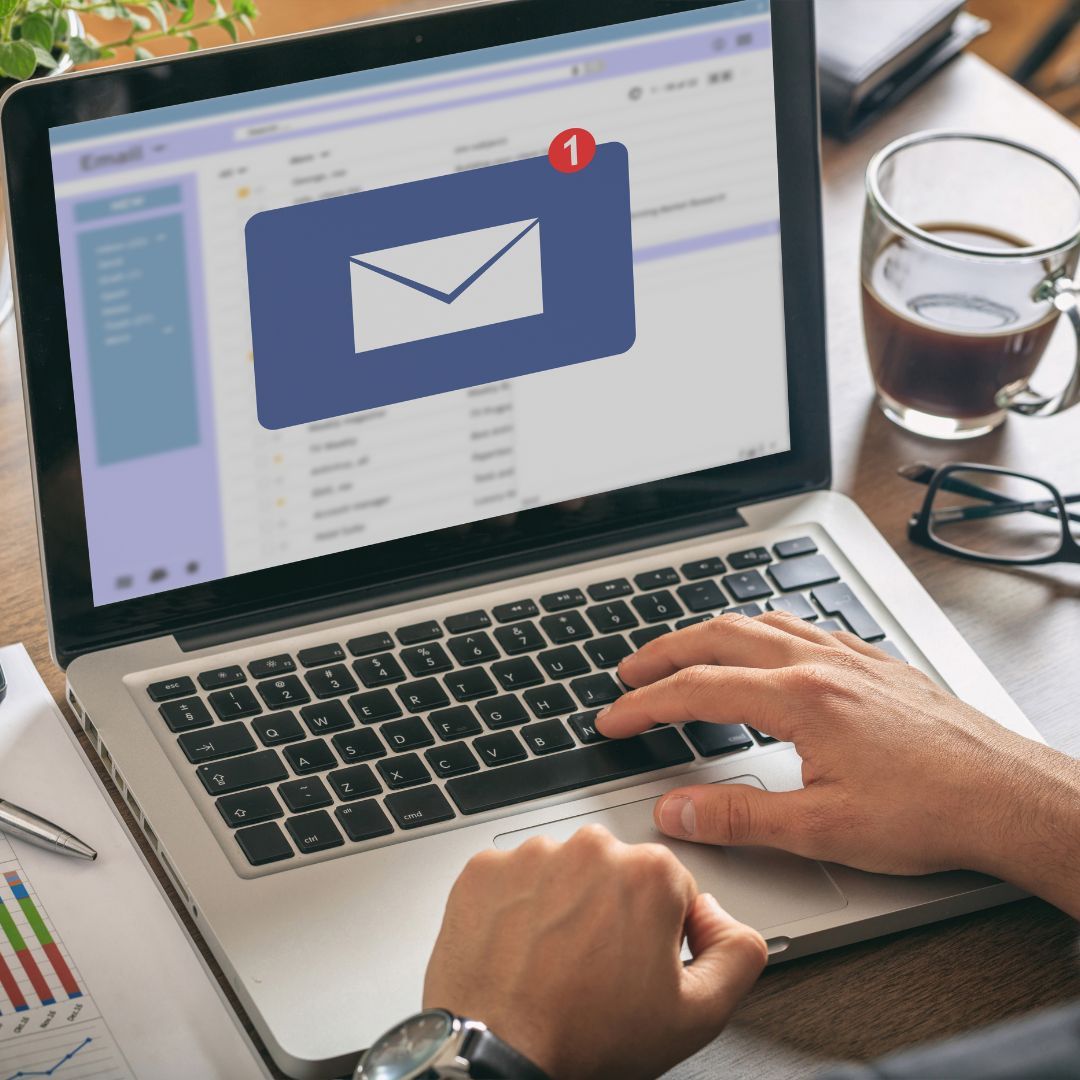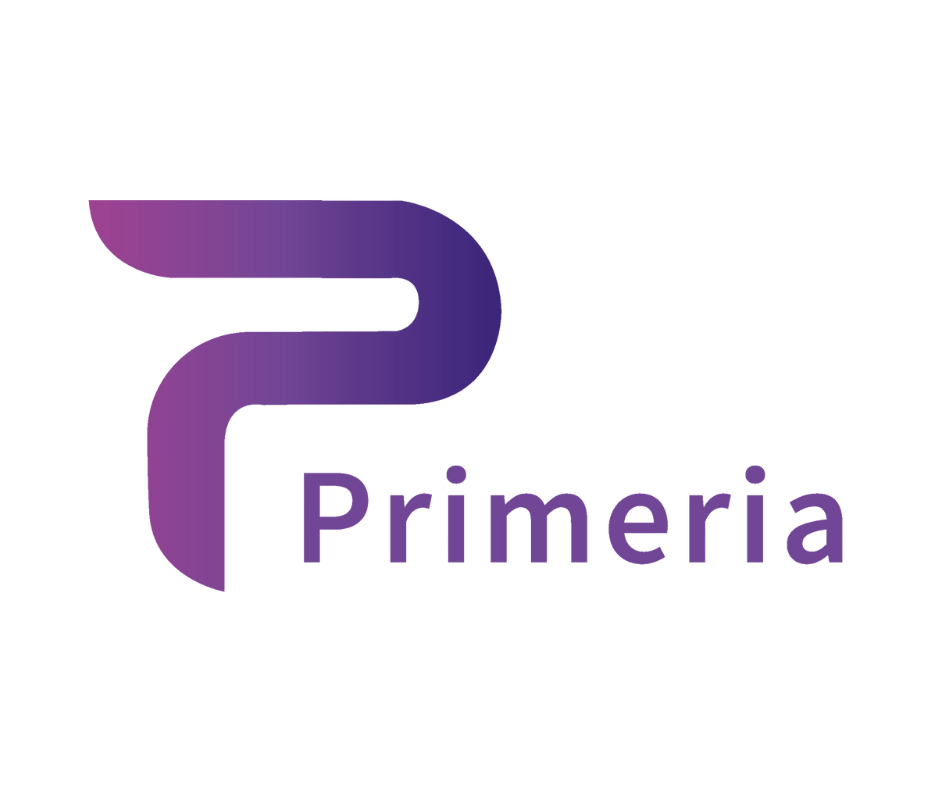Effective Email Marketing Tactics for Lead Nurturing

Turning prospects into customers with targeted automation
Email remains one of the most powerful tools in the digital marketer’s toolkit — and when used strategically, it’s an exceptional channel for building relationships, nurturing leads, and driving conversions.
Whether you’re welcoming new subscribers or re‑engaging cold prospects, the correct sequence of emails can transform initial interest into meaningful action.
What Is Lead Nurturing and Why Does It Matter
Lead nurturing is the process of guiding prospects through their buying journey — from first awareness to conversion — using a carefully crafted series of emails. Its purpose is to:
When ignored, zombie traffic can:
- Build trust and credibility over time
- Educate subscribers with relevant content
- Provide value before asking for a sale
- Encourage meaningful action, such as form completions or consultations
When done correctly, email marketing delivers a return on investment of up to 3800%, making it one of the most cost‑effective marketing channels available.
Why basic SEO audits aren’t enough
Standard SEO audits typically check for technical errors — broken links, missing metadata, and slow page speed. While these are important, they don’t explain why users aren’t converting.
To resolve zombie traffic, you need to go beyond the basics and explore how users behave once they land on your site — and why they’re not engaging.
Key Email Tactics for Effective Lead Nurturing
To uncover what’s happening with your traffic, take your SEO audit to the next level. Here’s where to focus:
1. Personalisation That Goes Beyond the First Name
Today’s audiences expect more than generic messages. True personalisation means delivering content tailored to your subscribers’ behaviour, interests, and needs. Use dynamic content blocks, past browsing activity, and lifecycle stage data to send messages that feel like one-to-one conversations. For example, if a prospect downloads a guide on paid media, follow up with related case studies or blog posts.
Pro tip: Personalised emails deliver 6x higher transaction rates — but only if the message aligns with the user’s intent.
2. Smart Segmentation for Targeted Messaging
Not all leads are created equal. Some are just exploring; others are ready to convert. Segment your list into meaningful groups — by demographics, lead source, previous engagement, product interest, or buying stage. Doing so allows you to craft laser-focused campaigns that speak directly to where the lead is in their journey.
Examples of segments:
- First-time subscribers
- Inactive leads
- Demo requests
- High-value prospects
Result: More relevant messaging = higher open, click-through, and conversion rates.
3. Consistently Deliver Value
Every email you send should offer something worthwhile. Whether it’s insights, tips, exclusive content, behind-the-scenes updates, or downloadable tools, your emails should reinforce your authority while helping the reader. Lead nurturing is not about the hard sell; it’s about earning the next step.
Ask yourself:
- Is this email helpful or promotional?
- Will it strengthen trust or reduce it?
By prioritising value, you create anticipation for your future messages.
4. Create Structured Email Sequences (Journeys)
One-off emails aren’t effective. Set up automated sequences that inform and lead prospects toward conversion.
An effective email journey might look like this:
- Welcome email – Brief introduction and what to expect
- Value adds – Send a resource, blog or case study
- Credibility builder – Share a testimonial or success story
- Action prompt – Ask for a demo, consultation or free trial
Each touchpoint should have a purpose, with one clear CTA that supports your broader funnel strategy.
5. Use Clear, Compelling Calls to Action (CTAs)
Every email needs direction. Whether you’re prompting a blog click, sign-up, or consultation, your CTA should be bold, specific, and easy to act on. Don’t clutter your message with multiple competing CTAs — one focused action per email performs best.
Better than “Learn More”:
- “See how it works”
- “Download your free guide”
- “Book your strategy session”
Your CTA should match the email’s content and the user’s stage of awareness.
6. Optimise Through A/B Testing
Never assume — test. A/B testing lets you identify what resonates with your audience. Try different subject lines, button colours, image styles, or even sending times. Measure the impact on open rates, click-throughs, and conversions.
Some elements worth testing:
- Tone of voice (conversational vs. formal)
- Length of email
- Plain text vs. image-heavy design
- First vs. second person copy
- Personalised subject lines
Even minor adjustments can lead to significant performance improvements over time.
7. Master Timing and Frequency
Strike a balance between staying top-of-mind and becoming a nuisance. Too frequent, and you risk unsubscribes. Too sparse, and you lose momentum. The right cadence depends on your audience, content, and funnel length, but generally, 1–2 nurture emails per week work well for most businesses.
Don’t forget:
- Monitor engagement to avoid fatigue
- Allow subscribers to set their preferences
- Re-engage inactive users with win-back campaigns
The goal is consistency, not bombardment.
8. Monitor, Measure, and Refine
Nurturing doesn’t stop after sending. Monitor key engagement metrics—like open rates, click-through rates, conversions, and unsubscribes—to identify what’s effective and what needs improvement. Use those insights to refine your sequence, copy, and design.
Key questions to ask:
- Are we moving leads closer to conversion?
- Which emails perform best — and why?
- Where are we losing engagement?
Continual improvement is what transforms “okay” email marketing into a high-performing, lead-converting machine.
How These Practices Drive Results
By implementing these tactics, businesses can:
- Keep prospects engaged over time
- Educate leads before asking for conversion
- Build stronger brand preference and trust
- Maximise every touchpoint without overspending
Rather than focusing solely on acquisition, nurturing helps turn those one-time visitors into repeat interactors and eventual customers.
How Primeria Helps You Master Email Lead Nurturing
At Primeria, we specialise in designing automated email campaigns that are both personal and persuasive. Here’s how we help:
- Segmentation and personalisation: We segment audiences and tailor messages based on behaviour and intent.
- Content and automation strategy: We map journey-based sequences—from welcome emails to nurture flows.
- Engagement-focused copy: We craft crisp, purposeful content that sparks interest and action.
- Ongoing optimisation: We track performance and iterate, refining subject lines, CTAs, timing, and design.
Our goal? To ensure each email you send builds authority, amplifies engagement, and pushes leads down the funnel, without wasting inboxes or budgets.
Want to Nurture Leads That Convert?
Email marketing doesn’t have to feel intrusive or spammy; when done well, it builds relationships and nurtures trust.
Let’s work together to design email campaigns that guide your prospects from curiosity to conversion.
Contact us today on (+44) 203 989 6007 for a free consultation.











